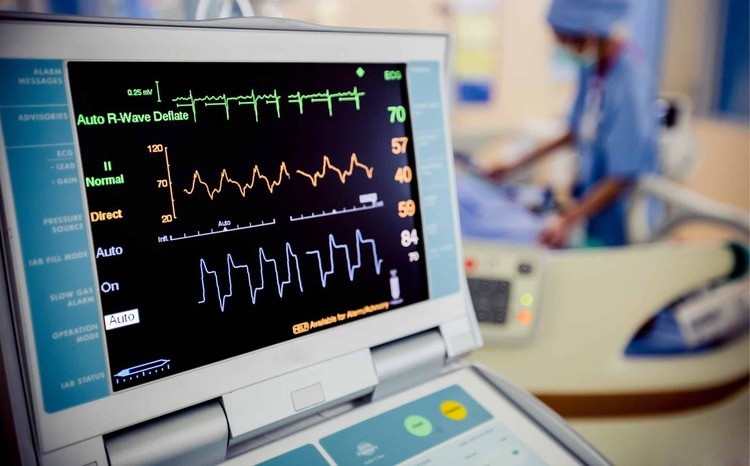Open source e-prescribing in pipeline
- 26 October 2015

An electronic prescribing system open sourced for the NHS may be introduced at Taunton and Somerset NHS Foundation Trust.
Taunton, which became the first acute trust to go-live with an open source electronic patient record last month, is now planning on introducing Marand’s medication management system.
Slovenian company Marand announced it was releasing its system as open source to the NHS late last year.
Taunton’s director of informatics Malcolm Senior told Digital Health News the trust is committed to building a, “real open source EPR”.
The trust went live with IMS Maxims’ newly open source patient administration system as well as A&E, theatres and reporting modules at the end of September.
Senior said nurses are also using openMAXIMS for all triaging and outpatients’ staff are triaging referrals online.
The benefits of having an open source solution and a strong inhouse team were shown when they were able to make some small changes to the code for the A&E department, which would previously have taken weeks or months to request and complete.
“We have built a lot of this system ourselves so we have had to do more work, but we have enjoyed that and learned from it and because it’s open source and open APIs we can link existing systems to that more easily and we have got that flexibility to go best-of-breed or do all inhouse developments,” he explained.
“That’s made the world of difference as it’s made people see that this approach has given them more ownership and involvement in the products.”
The first phase of the project involved replacing everything previously done by the trust’s Cerner Millennium EPR, delivered by BT under a National Programme for IT contract.
The second phase is clinical noting; moving towards ‘paperlite’ nursing and outpatients, removing the need for paper patient notes to be moved around sites. The trust will then look to implement e-prescribing.
Senior says front line clinical staff played a key role in designing the system which ultimately went live. A core group of around 10 clinicians, as well as IT and operational staff was involved in procurement, specifying the system, implementation and training.
“People never really took to our legacy system and wanted something different and saw this as an opportunity that if they got involved they could get the system they want,” he said.
Staff had a sandpit area where they could go and play with the system and understand some of the business processes before going live.
“The interface is quite straight forward, easy to use and it’s gone down very well with staff . It’s been a good go-live experience,” Senior added.
Chief executive of IMS Maxims Shane Tickell said it took just 41 minutes to migrate 8 million patient records from Cerner to IMS Maxims.
The trust and company did around 10 dress rehearsals of the data migration and in May took the decision to delay the go-live, to ensure they got this aspect right.
Tickell praised Senior’s leadership and the trust for ensuring such a smooth transition, which meant there was no drop-off in activity, with the trust operating as ‘business as usual’ on the Monday after go-live.




